- Thread starter
- #21
Did you remove the picture? I don't see it.
Yep, I have replaced it with the australian spitfires.
Follow along with the video below to see how to install our site as a web app on your home screen.
Note: This feature may not be available in some browsers.
Ad: This forum contains affiliate links to products on Amazon and eBay. More information in Terms and rules
Did you remove the picture? I don't see it.
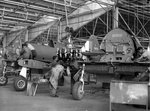
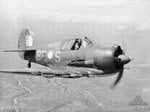
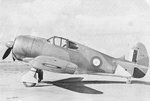


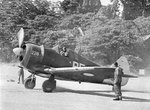
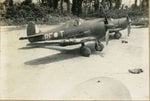

Anyone knows what is the aircraft of the picture? It is suposed to be a Vought, but I am not sure...